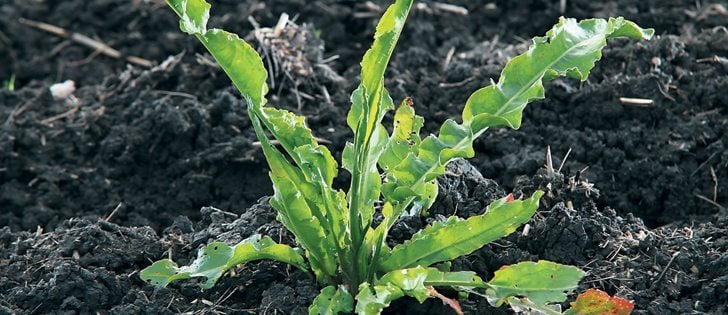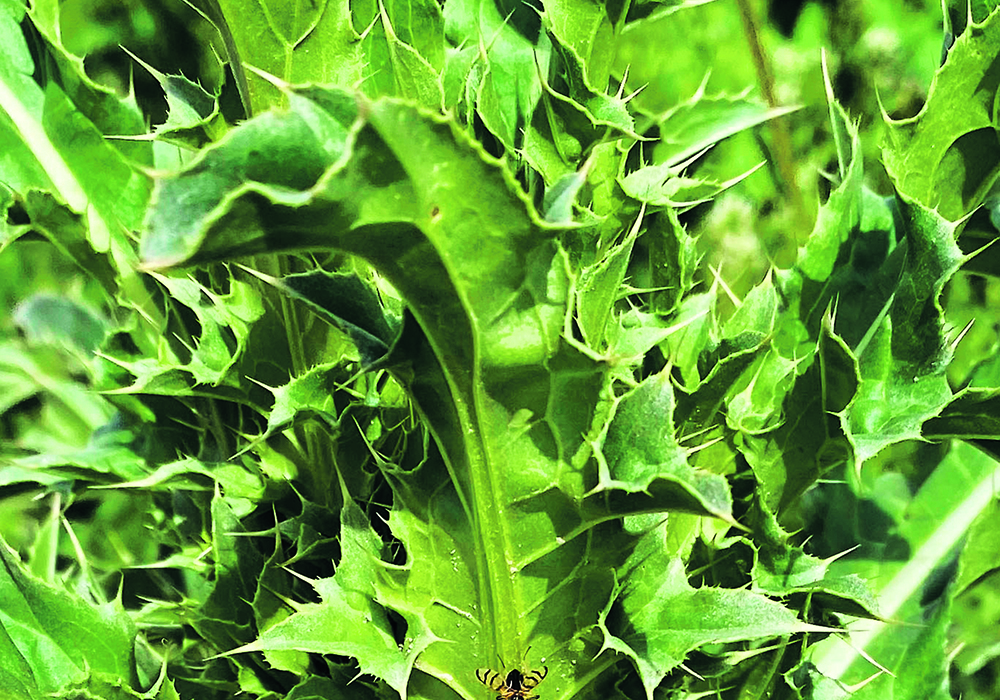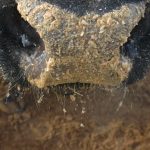Whether they call it curly dock, narrow-leaved dock, sour dock or yellow dock, for farmers it is usually a sign of water, a sprayer miss, or both.
Standing above most crops, dock is a perennial with the ability to produce high numbers of seeds.
Its single, sometimes forked, large taproot has allowed it to flourish since tilled was reduced in Western Canada.
Dock can be controlled with vertical tillage or shallow tilling after harvest and in low areas that escaped earlier spraying.
It is also susceptible to a variety of broadleaf herbicide options.
Read Also

Canada told trade crisis solutions in its hands
Canadians and Canadian exporters need to accept that the old rules of trade are over, and open access to the U.S. market may also be over, says the chief financial correspondent for CTV News.
Rumex crispus, as it is formally known, can escape post-emergent control if it doesn’t germinate immediately. It then pokes its dense flower clusters above the crop ahead of harvest, with flowers, seeds and stalks turning a dark reddish brown.
The large, curly leaves quickly shade the surrounding plants, reducing crop yield.
The weed can be tough to tame if it escapes spring control. Glyphosate and glufosinate are highly effective, so herbicide tolerant systems, including Clearfield, provide an option.
Spot spraying glyphosate at 2.83 to 4.86 litres per acre of the 360 grams per litre product in 10 gallons per acre of water works if the weed reaches the bud stage.
Group 4 chemistries are effective against dock.
Spot applications of dicamba (Banvel 2) can be used if the weed establishes in rangeland as long as plenty of water is used to carry it.
Producers are advised to use .92 litres per acre of Banvel II in 10 to 20 gallons of water per acre on actively growing weeds for top growth control.
Picloram with 2,4-D (Grazon) and aminopyralid and 2,4-D (Restore 2) can also be used.
An application of 500 grams per litre of MCPA amine or 2,4-D amine applied at .45 to .7 litres per acre will control top growth.
Semi-mature plants are slow to react to systemic herbicides. Agronomists suggest waiting a couple of weeks to mow if sloughs are being controlled with herbicides so that the weeds are all killed.
Dichlorprop and 2,4-D at .71 litres per acre suppresses the weed when plants are less than 50 millimetres tall.

















